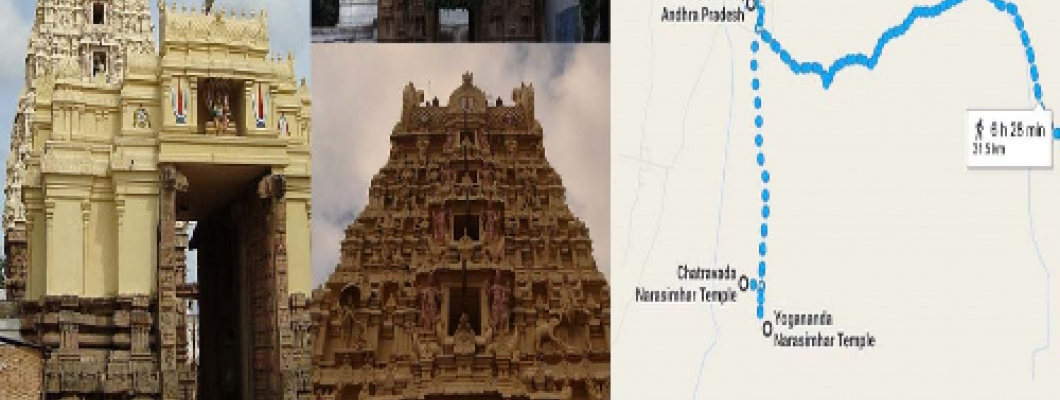
Ahobilam - The Abode of the Great Protector
Legend
Ahobilam stems from Aho and bilam meaning great strength. And it was with colossal strength that the Lord, on hearing the prayers of his young devotee Prahalad, burst out of the pillar to kill the demon King. King Hiranyakashipu received a boon that he can be killed neither by a man nor an animal, neither in day time nor at night, neither inside of his palace nor outside of it, neither on the ground nor on sky and never by any weapon. In his arrogance he banned all chanting of prayers to Lord Vishnu in his Kingdom, projecting himself as the almighty. His son, Prahlad, refused to obey his fathers orders. Angry at his son's insolence, the King tried to kill the boy who requested the Lord to come and save him. Lord Vishnu, took his fourth incarnation as Narasimha, the half man, half animal form, at dusk, the time between the day and night. He then killed the King with his finger nails, placing the demon on his thighs at the steps of his palace. It is believed that Ahobilam is the place where the Lord came to annihilate the evil of Hiraynakashipu. The travel to the shrines of Narasimha, had always been of importance for Vaishnavites, with the Alwar saints praising it as one of the Divyadesams.
Yatra Preparations
Jeeps and proper guides are necessary to undertake the trip here. The forests are not be visited after dusk, hence proper planning of the route/time is needed before the journey. Also, it is advisable to go on this journey only in groups as many wild animals can be found in these forests. The accommodations should be booked in advance.
The accessibility to good quality pooja articles in today's adulterated world as well as availability of all the items required is a major concern for many devotees. Please check out our P-STORE page for various high quality Pooja Samagri for your Pilgrimage or mail us :- [email protected] or call us directly on Mobile :- +919619899406.
Deity - Temples
Deity : Lord NarashimhaTemples Covered :
Upper Ahobliam:
1. Ahobilam Narasimha
2. Kroda Narasimha
The temple of this Lord is 1km away from the main temple of Ahobilam Nrisimha Swamy on the Upper Ahobilam. Sri Kroda Narasimha also called Varaha Narasimha is a very special form of the Lord with the face of a boar. The Lord is seen along with his Consort, Lakshmi.
3. Jwala Narasimha
This is about 4km from the Ahobilam temple, on the hill of Achalachaya Meru. This place is said to be the actual spot, where Lord tore into the body Hiranyakasipu. There is a small pond near this temple called Rakta Kunda Tirtha. Here Lord Narasimha is said to have washed his blood-stained hands and hence the color of the water of this kunda turned red.
4. Malola Narasimha
From the Kroda Narasimha temple, devotees must climb few stairs to reach the Malola Narasimha Temple. The Deity of Lord Narasimha here is in a peaceful form. Lakshmidevi is also present along with the Lord.
Lower Ahobliam:
1. Yogananda Narasimha
After killing Hiranyakashipu, Lord Narasimha taught Prahlada few yogic postures to practice at this place. The Lord is seated in a padmasana with yogapatta around His legs. He is, hence called Yogananda Narasimha
2. Chatravata Narasimha
This Deity of the Lord is installed under a peepal tree, surrounded by thorny bushes. Hence, the Lord is called as Chatravata Narasimha Swamy. The Lord's image is with a smile on his face. The left hand of the Lord is in the tala mudra.
3. Pavana Narasimha
This temple is on the banks of the river Pavana and hence the Lord is known as Pavana Narasimha. This is the most peaceful form of the Lord amongst the nine Narasimha temples. The Lord here, is believed to liberate devotees from the all the sins.
4. Bhargava Narasimha
In this shrine it is believed that Lord Parashurama performed penances to please Lord Narasimha. The Lord gave darshan, showing his devotee the exact moment when he tore into Hiranyakashipu. This is one of the most ferocious forms of Lord Narasimha in Ahobilam.
On the way to Upper Ahobilam from Lower Ahobilam, is the Karanja Narasimha Temple.This shrine is situated between Upper Ahobilam and the road leading to Lower Ahobilam. The image of the Lord is installed under a tree, called 'Karanja Vruksham'. Hence this Lord is called Karanja Narasimha Swamy. Hanuman is believed to have worshipped the Lord here.
Area Covered
Andhra PradeshLanguage spoken : Telugu
Auspicious Days
Brahmotsavam is celebrated in the months of March-April. There are also celebrations every month on the Swathi Nakshatram, the star of the Lord.Best time to Travel
The best time to visit is Oct-Dec. It is best to avoid the scorching summers and the monsoons as the paths may be slippery. Also, it is better to go to the temples in the forest areas on Saturdays, as the priests come and do the puja on that day.
Darshan Info Clock Duration
2-3 days from Bangalore/Chennai/Hyderabad
Travel Method
The shrines, particularly those in Upper Ahobilam are inside the forests and requires walking, trekking and climb of steps to reach them.
Crowd Expected
There is not much crowd on regular days. Crowds can be expected on festival days.
Must Haves
Essential medicines, water bottles, light snacks, comfortable footwear are must haves for the trip.
It is necessary to travel with a group or guide while going inside the forest areas.
Health Awareness
The journey to these nine shrine of Lord Narasimha requres devotees to do walking, trekking through forests as well as climbing steps. Those with heart conditions, asthma etc should consult a doctor before the journey. Also, since these shrines in the Upper Ahobilam are in deep forests, medical facilities will be frugal.
Climate
The summers are hot in this part with the temperatures soaring in the forties. The winters are pleasant when the temperature dips to around 15 degree celsius. The rainy season is between June and September.
Festivals
Brahmotsavam is celebrated in the months of March-April. There are also celebrations every month on the Swathi Nakshatram, the star of the Lord.

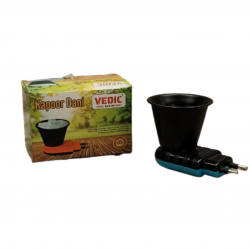
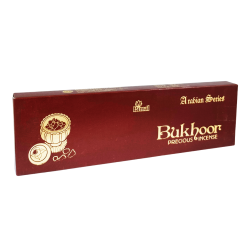
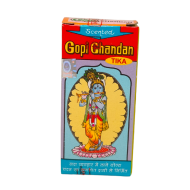
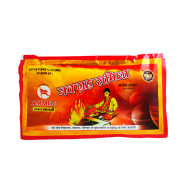
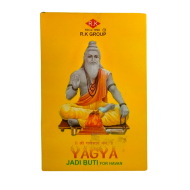

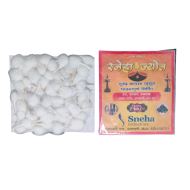
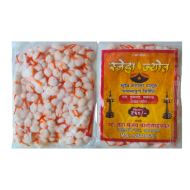
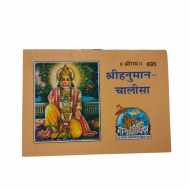
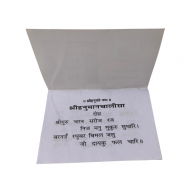
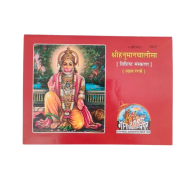
-190x190.png)
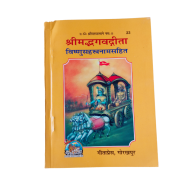
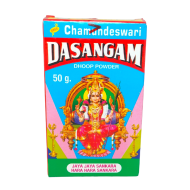
Leave a Comment